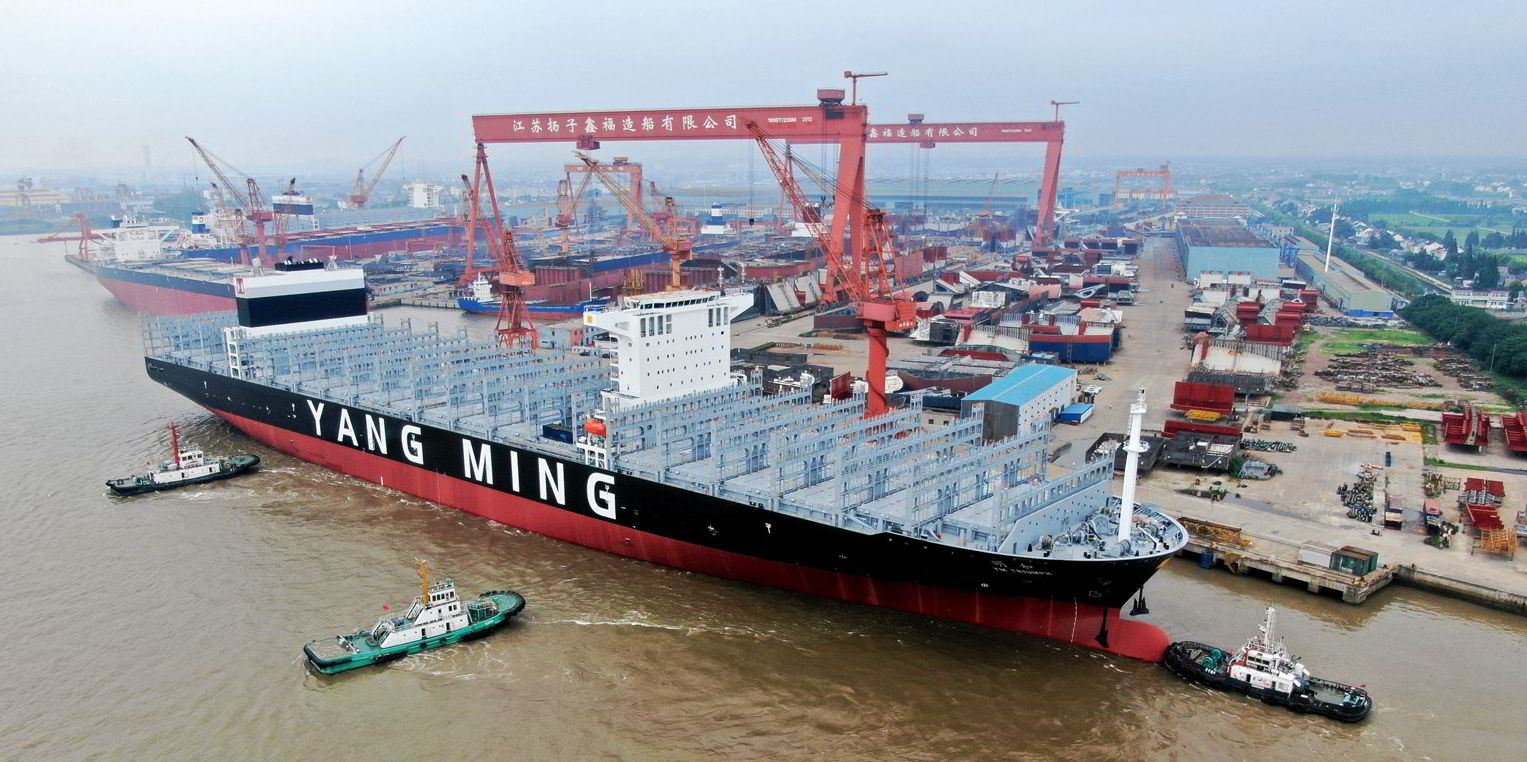Chinese and South Korean yards have increased their already dominant grip on the world orderbook thanks in part to the surge in LNG carrier and containership newbuildings, according to Clarksons.
The two Asian shipbuilding powerhouses now account for 76% of the orderbook in compensated gross ton (cgt) terms the highest share for two countries in the modern era.
Chinese yards now account for 42% of the orderbook, some 40.4m cgt, while their Yellow Sea neighbours control 34% or 32.7m cgt.
“This has come against the backdrop of firm containership and LNG carrier ordering since contracting volumes began to recover in late 2020, with Chinese yards growing their share of these sectors to 57% and 16% of the global total in cgt terms respectively,” said Clarksons.
China now represents one of the top two shipbuilding countries or regions by orderbook size across the bulker (74% of deadweight), containership (54% of TEU), tanker (26% of deadweight) and gas carrier (17% of cubic metres) sectors.
In contrast to Chinese builders, South Korean yards saw their share of the global orderbook decline after 2008, falling from 33% of cgt in September 2008 to 21% by May 2017 to just 18.2m cgt.
However, Clarksons said the orderbook at South Korean yards grew to 22.2m cgt, or 25% of total cgt on order globally by May 2019, supported by LNG carrier orders.
Today, South Korean shipyards represent 79% of the gas carrier and 35% of the container ship orderbook by CGT thanks to the recent firm ordering in those two sectors.
In contrast, Japanese yards have seen their market share shrink to a new low of just 9.3m cgt, or 10% of the global total, according to Clarksons.
This is a far cry from five years ago when they controlled a market share of 22%, some 18.8m cgt, helped by a 28% share in the bulker newbuilding market.
In Europe, the picture is similar to that in Japan with yards controlling just 11% of the global newbuilding market down from 17% pre-Covid due to weak cruise ordering in the period since.
Elsewhere, the shipbroker said that growth during the 2000s has gone into reverse, with “other” countries now accounting for just 4% of the orderbook.





